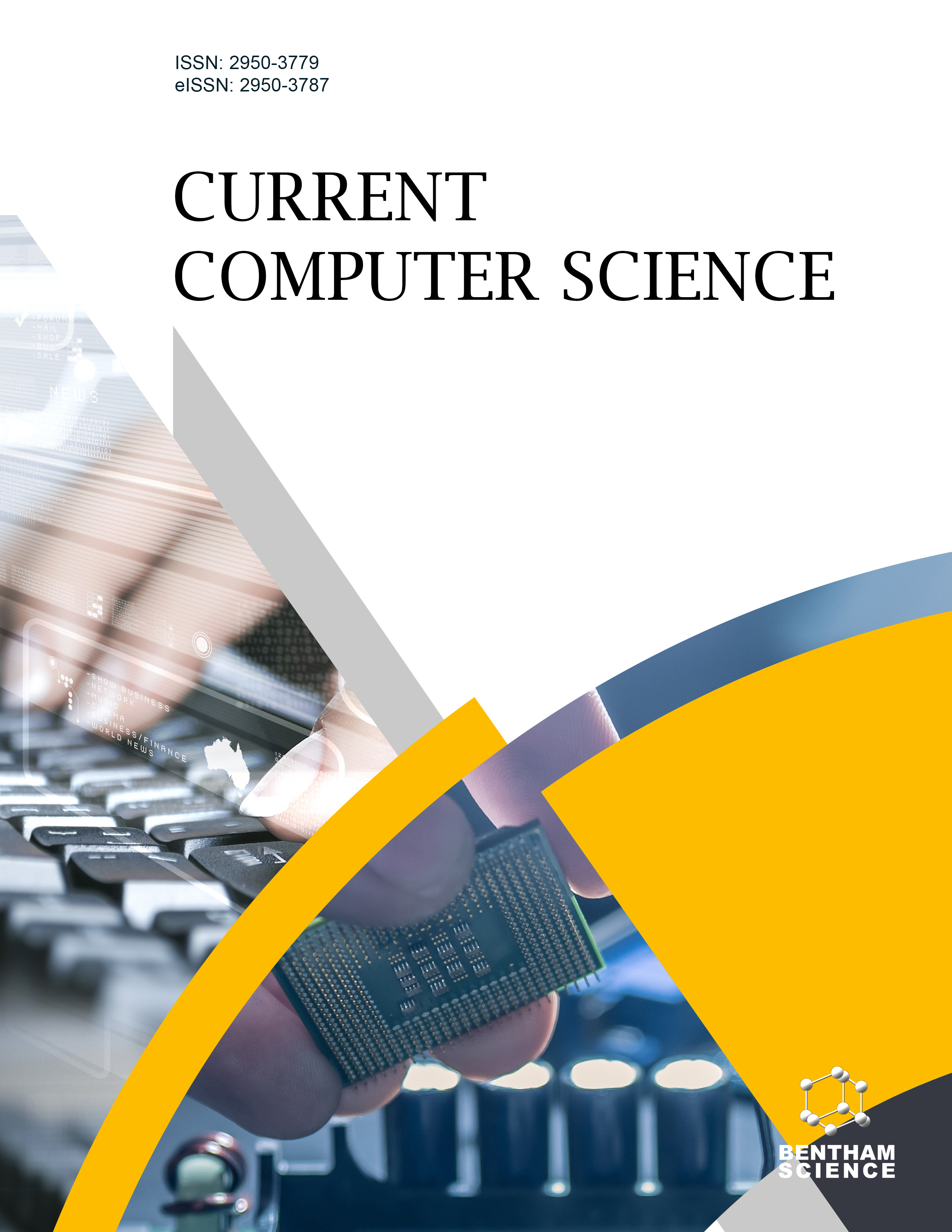
Full text loading...
We use cookies to track usage and preferences.I Understand
This research paper showcases the creation and assessment of a machine learning model utilizing the Efficient Net B4 architecture for the identification of cumin herbs and any potential adulterants. The research presents a comprehensive overview of the model's structure, emphasizing the different layers, their output dimensions, and the number of parameters.
The trained model consists of a grand total of 17,684,581 parameters, out of which 10,758 have been found eligible for training. The model has been found to exhibit exceptional performance on the training dataset, with an accuracy of 98.73%, a recall score of 0.95, and an F1 score of 0.93. This demonstrates its usefulness in accurately identifying cumin herbs. A confusion matrix has also been developed, which has showcased the model's remarkable proficiency in accurately detecting cumin herbs. Although there have been few occurrences of misclassification, the model has consistently shown exceptional accuracy by accurately identifying the majority of cases in both the “cumin” and “not cumin” categories.
Upon comparing our model's performance to prior research, it has been found notable for its high accuracy and the potential to be applied more broadly in the field of herbal identification. This work offers an innovative way for recognizing cumin plants using machine learning, despite the little research existing in this area. It also establishes a basis for future research on identifying other important herbal items.
In conclusion, the machine learning model based on EfficientNet B4 has been found to exhibit exceptional accuracy and show potential for practical use in identifying cumin herbs. This study can significantly contribute to improving the authentication and quality assurance processes in the herbal product business, paving the way for future advancements in this field.

Article metrics loading...

Full text loading...
References


Data & Media loading...

